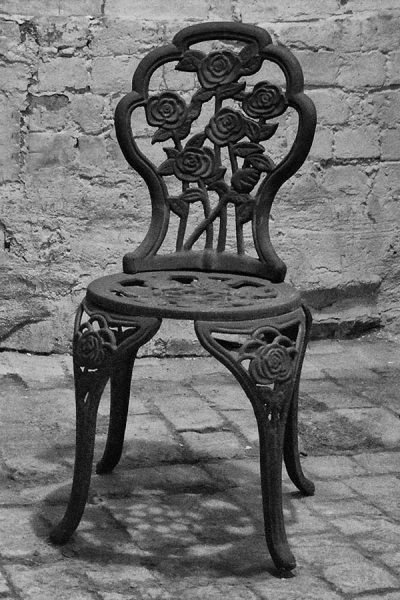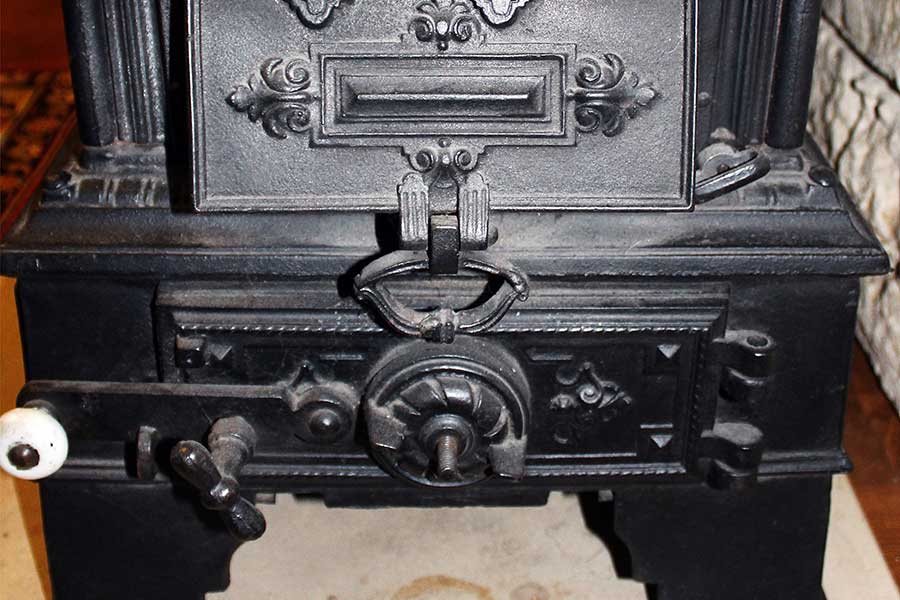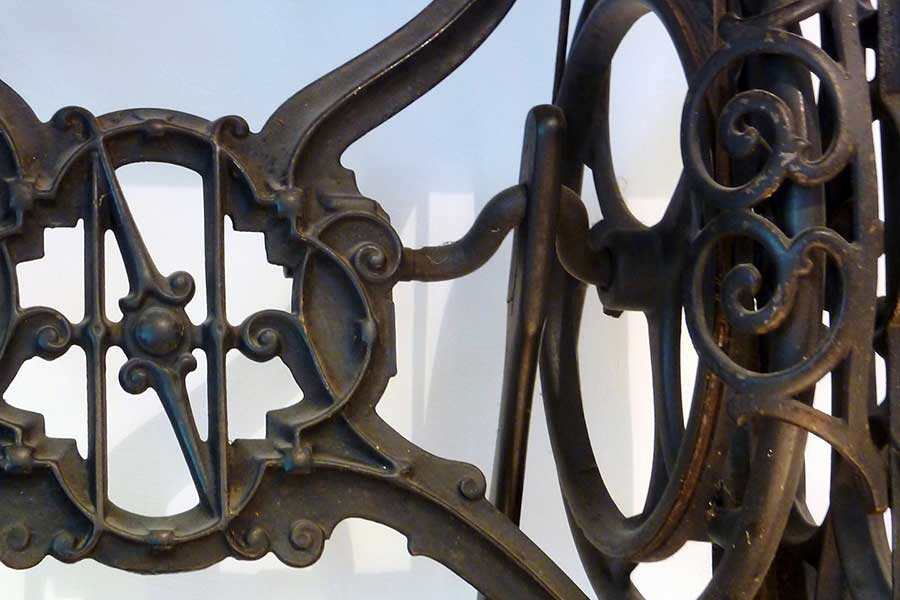Cast iron repairs.
Cast iron is a strong and durable material that can develop cracks or breaks over time.
Cast iron can usually be repaired by preheating the piece and welding using the correct filler material, amperage and speed. Other repair methods may also be used such as applying an expoxy on small or hairline cracks
Repairing cast iron can be a complex task, and it’s best to consult with a professional to ensure that the repair is done correctly.
What is cast iron?
Cast iron is a type of iron that has been melted, poured into a mould, and allowed to solidify. It is a brittle, hard material known for its excellent castability and machinability. Cast iron is composed mainly of iron, but it also contains carbon, silicon, and small amounts of other elements. The carbon content of cast iron is typically between 2-4%, but it can be as high as 6%.
Cast iron is used in a wide range of applications, including:
- Construction: Cast iron is often used for building materials such as pipes, gutters, and roofing.
- Cookware: Cast iron pots and pans are popular for cooking because they retain heat well and can be used on various heat sources.
- Machine parts: Cast iron is used to make parts for machines such as gears, bearings, and flywheels.
- Automotive: Cast iron is used in automotive parts like engine blocks, cylinder heads, and brake rotors.
- Art: Cast iron is also used to make sculptures and decorative items.
Cast iron is known for its excellent castability, it can be cast in a variety of shapes and sizes, and it’s also easy to machine; this means that it can be easily shaped and formed into various products. However, it’s also brittle and prone to cracking and breaking, especially in thin sections.
Cast iron repairs.
 Before making any repairs, cast iron needs to be cleaned thoroughly to ensure no contaminants can weaken the repair. The area around the crack or break must be cleaned with a wire brush, metal cleaner and grinder, if required, to remove any rust or debris.
Before making any repairs, cast iron needs to be cleaned thoroughly to ensure no contaminants can weaken the repair. The area around the crack or break must be cleaned with a wire brush, metal cleaner and grinder, if required, to remove any rust or debris.
Welding is a standard repair method for small cracks or breaks. When welding cast iron, a nickel-based filler rod is used because cast iron has a low melting point and can crack easily under heat. Preheating the area before welding is important to prevent thermal stress and cracking.
In some cases, epoxy can be used to repair tiny cracks or breaks in cast iron. The epoxy should be mixed according to the manufacturer’s instructions and applied to the crack or break. Once the epoxy has hardened, it can be sanded or filed to a smooth finish.
Brazing is a process that uses a filler metal that is melted at a lower temperature than the base metal. This can be a good option for the repair of cast iron, especially when it’s not possible to preheat the area.
Metal stitching is a process that uses metal pins and locking elements to repair and reinforce cast iron. This method is used to repair large or complex cracks and breaks. In combination with welding, it’s a good option when there is material missing from the piece.


